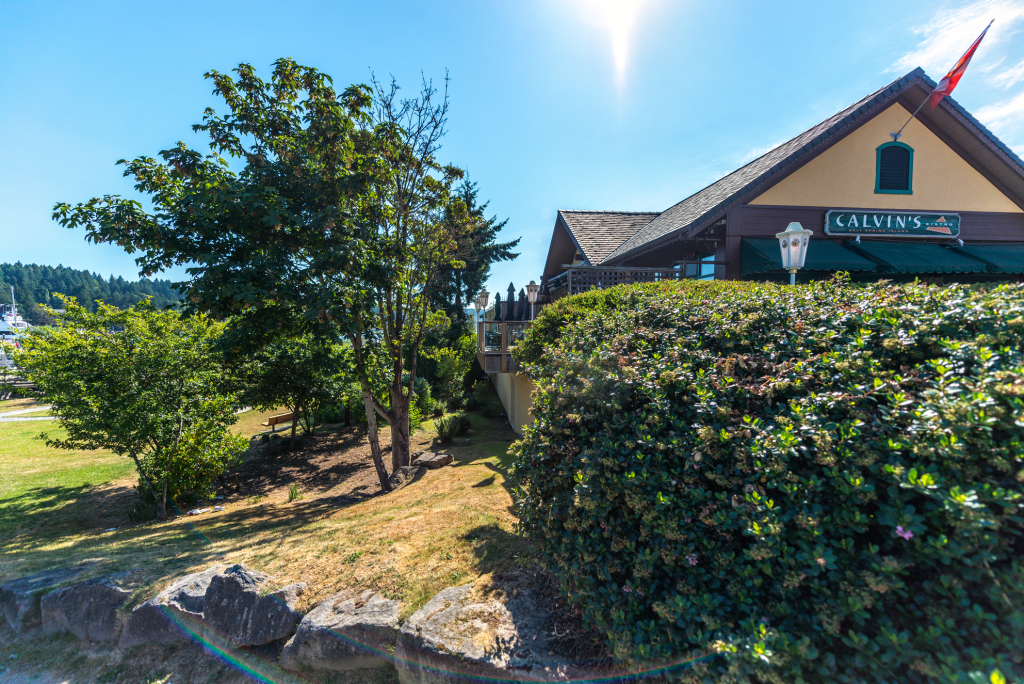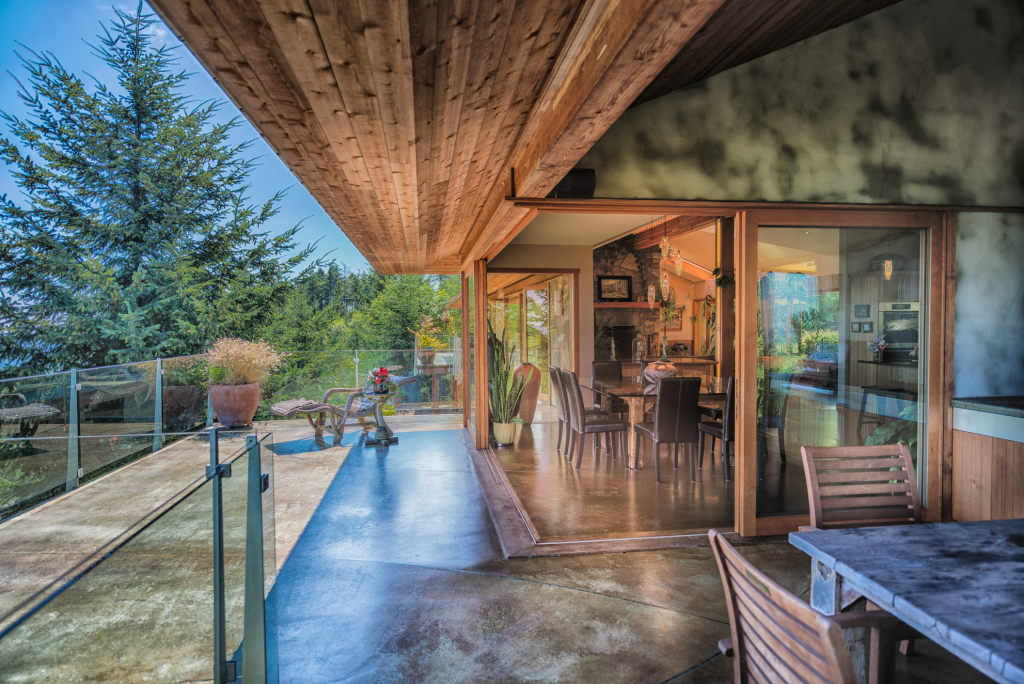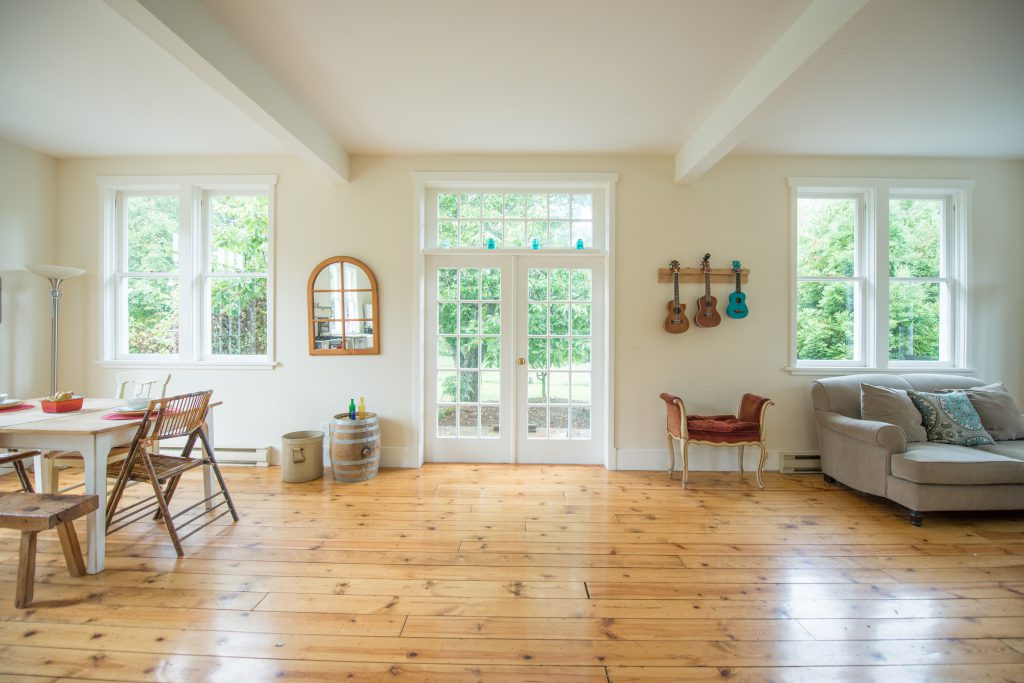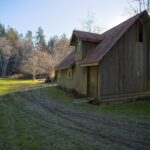
Salt Spring Island
April 2017
We experienced the yin and yang of a La Niña weather pattern on the Pacific Northwest Coast…from early December to mid-March.
Salt Spring fell into “real winter” on December 3, 2016 and experienced yet another serious snowfall on March 5, 2017. In between: snow, cold, with ice build-up remaining on roads between the frequent snow storms, only main roads to ferries cleared (side roads and driveways on their own). There was skating on the lakes…that was a fun item. The last time the Coast experienced the La Niña effect was in 1996.
The entire Coast was affected, including Vancouver. The weather did affect real estate viewings…potential buyers couldn’t get out of where they were, never mind not being able to easily get around on Salt Spring!
December, January, February, and first half of March (higher elevation properties only saw the “melt” begin around March 12th) caused a slowdown in new action. Many of the reported sales of early 2017 had their beginnings in late Fall of 2016.
Although we often describe Salt Spring and the Gulf Islands main sales window as falling between March Break and the Canadian Thanksgiving Weekend, the reality is that the busiest months are May, July, August, September.
The Islands are secondary home/discretionary/recreational markets…I call them recipient markets. Sellers have to wait for a buyer to first visit, then decide if a particular island works for them, and then to really start their search for a specific property. Time is always an element of sales in all secondary home/recreational regions.
That said, it’s clear that 2016 was a sales volume increase year…a cleaning out of inventory that had built up during the eight year economic downturn. Prices stabilized, but did not increase.
In a “by choice” area, such as Salt Spring (and the Gulf Islands), there is always a time lag component in sales outcomes.

Salt Spring Island
Often, a tourist with a successful visitor experience becomes a buyer in our region. Usually two, if not three, visits take place before a purchase decision. The non-local buyer wants to “be sure”, before committing to a purchase. When a property sells quickly, it often means that a property is listed exactly when a buyer has returned for that second or third decision-making visit.
With less inventory to choose from, however, we may now start to experience some bidding wars, IF a property is unique.
2017 has had a slow start, solely due to the unusual weather vagaries, but all signs are there for further inventory clean-out (especially in the upper tier priced residential properties and in the undeveloped land segment). After that? No crystal ball, but the signs are definitely in place for price increases in any new (and potentially few) new listings.
The tone of 2017 may be fully in place by late May. It may be that buyers who acted in the first three months of this year will turn out to have been the last buyers able to catch a seller’s interest with a lower than list price offer. In other coastal regions, which often catch the wave of change before it’s seen on Salt Spring and the Gulf Islands, the price escalation due to lack of inventory is in evidence.
Between 2000 and 2002, sales volume increased by around 50%. Between 2003 and 2005, prices rose by around 60%. Our dollar was low against the U.S. currency. International buyers were in evidence. Hmmmm…… Similar soundtrack?
Stay tuned.
To date, there have been 55 sales between January 1 and March 31. The first several (below 200,000) were undeveloped lots. The higher end residential did see price reductions at the point of an offer, but residential below 500,000 often sold at (or close to) list pricings.
- 6 sales between $160,000 and $199,500.
- 4 sales between $234,000 and $280,000.
- 8 sales between $305,000 and $396,000.
- 8 sales between $400,000 and $485,000.
- 9 sales between $506,200 and $599,000.
- 5 sales between $625,000 and $690,000.
- 3 sales between $729,000 and $769,000.
- 3 sales between $800,000 and $878,000.
- 2 sales between $900,000 and $945,250.
- 4 sales between $1,075,000 and $1,750,000.
- 3 sales between $2,200,000 and $2,500,000.
I do this market analysis at the beginning of each month…updates may appear in my blog entries.
Along with the transition from a buyer’s market (few buyers and many listings) to a seller’s market (few listings and many buyers), there is the Islands Trust (government body in place since 1974, which capped growth on the Gulf Islands via strict zoning/land use bylaws)…the inventory will always be less on a Gulf Island, thus, beyond market trends).
Salt Spring will be asked on September 9th whether or not to retain the status quo (2 elected trustees and one elected CRD director…the actual decisions, however, are currently made from a central Trust office in Victoria…and these government appointees do not reside on Salt Spring), or whether to incorporate as a Gulf Islands municipality (two trustees elected, per usual, plus councillors & a mayor…the Trust documents remain in place, but decisions re governance would be made on Island & not in Victoria). Keep in the loop of the conversation on both sides of this important issue.
Meantime…the beauty of the Island calls to us. Check out the Food Network’s one hour showcase of Salt Spring…the travelling chefs came last summer and I think they caught the essence of this magical island.
Looking for your special property on Salt Spring Island or on a Gulf Island? Call me. There is always opportunity for a buyer, regardless of market trend in play.














